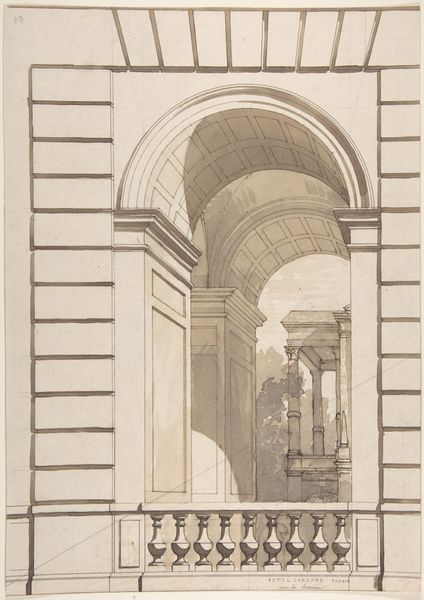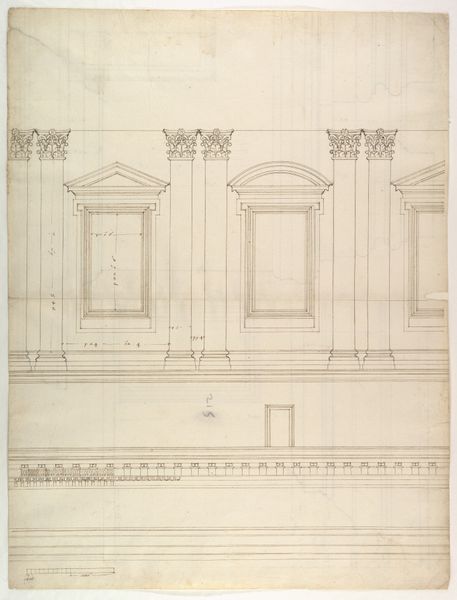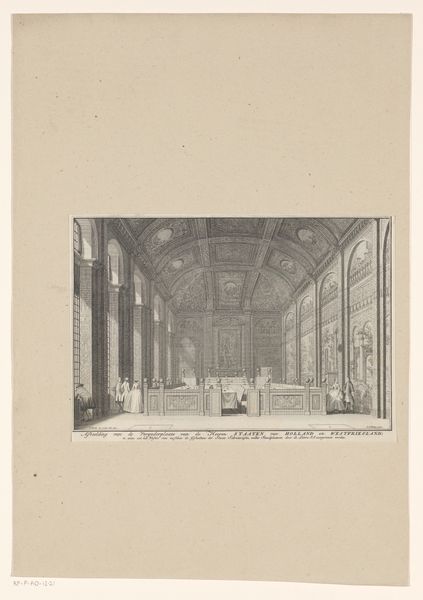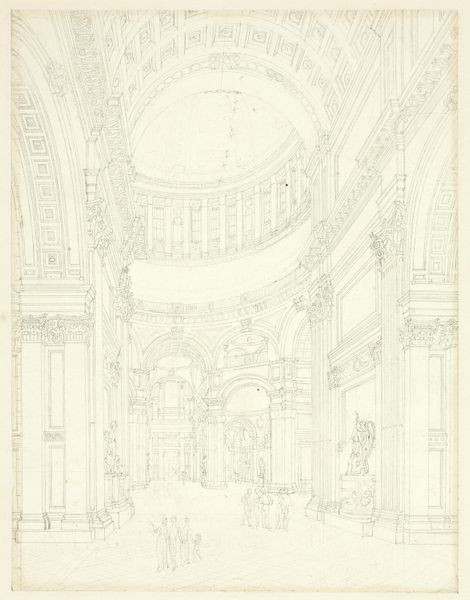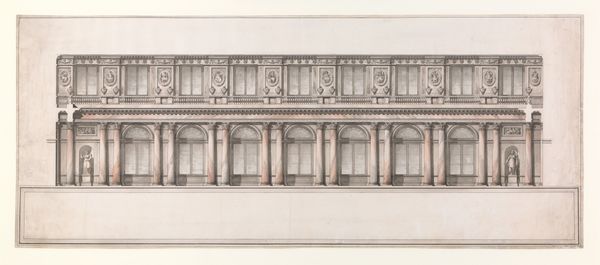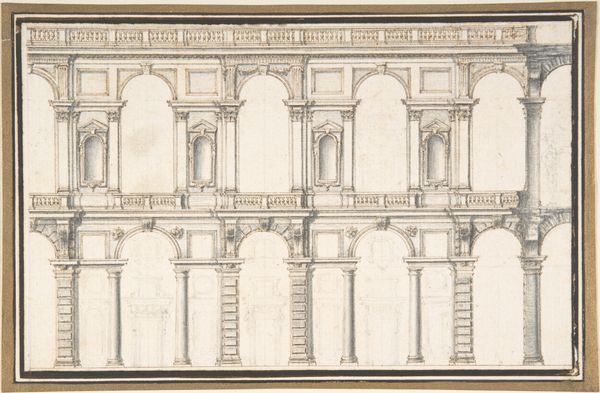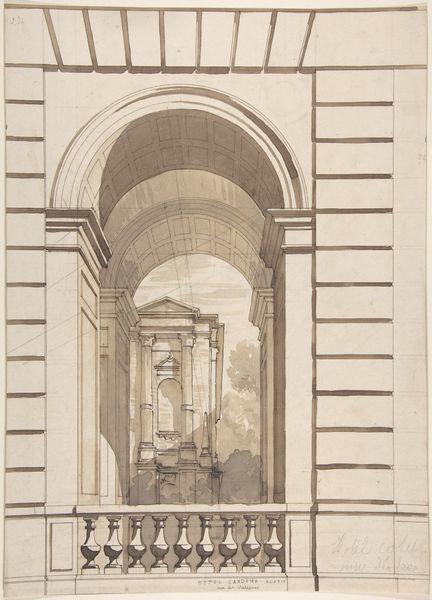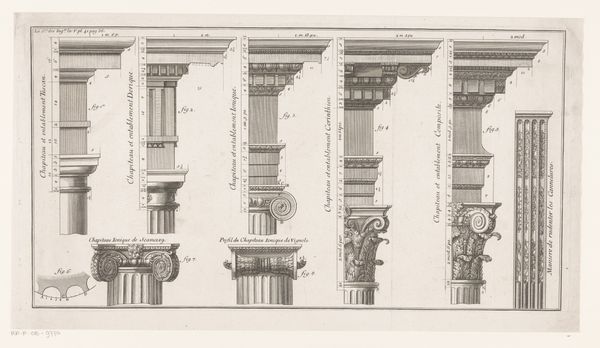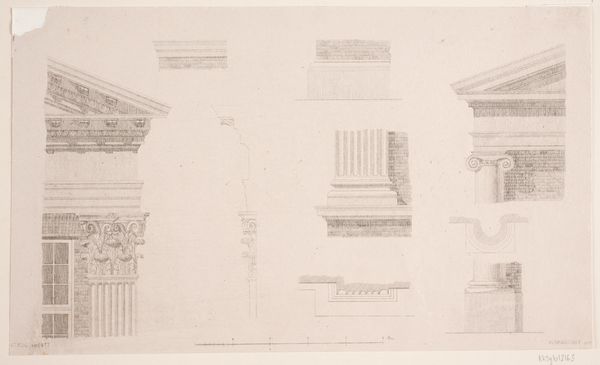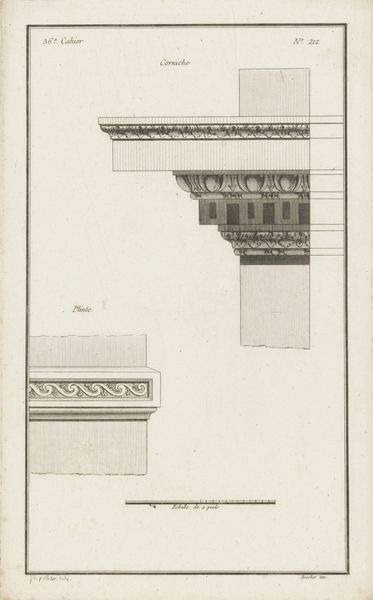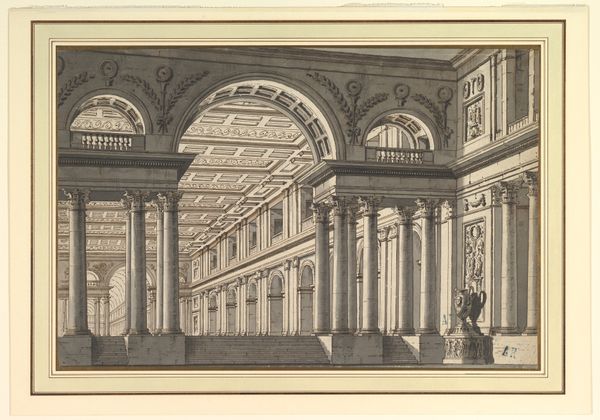
The Nave and Apse, without a Transept, of a Cathedral for Berlin 1827 - 1828
0:00
0:00
drawing, paper, architecture
#
drawing
#
neoclacissism
#
perspective
#
paper
#
architectural drawing
#
architecture
Dimensions: sheet: 28.5 x 18.5 cm (11 1/4 x 7 5/16 in.) image: 27.1 x 17.2 cm (10 11/16 x 6 3/4 in.)
Copyright: National Gallery of Art: CC0 1.0
Curator: Editor: We're looking at Karl Friedrich Schinkel's "The Nave and Apse, without a Transept, of a Cathedral for Berlin," created between 1827 and 1828 using drawing on paper. The sheer scale of the architecture depicted is awe-inspiring, but the minimalist rendering feels almost like a blueprint. What stands out to you? Curator: Beyond the obvious architectural skill on display here, consider the socio-economic implications. Schinkel's detailed drawing, meticulously rendered in graphite on paper, represents a huge amount of labor and resources, even as a design. This relates to the massive capital investment required to construct such a grandiose cathedral. What can the planned design for a Berlin cathedral during this time tell us about Prussian ambition? Editor: That's a good point. It’s not just about aesthetic beauty, but also about the power and resources being deployed to realize a specific vision. It speaks volumes about Prussian society. I guess, given it wasn't actually built, its unrealized potential reveals a tension between aspiration and limitations, even in something like urban planning? Curator: Precisely. The drawing itself becomes a commodity, reflecting the market for architectural plans and the exchange of ideas about building and materials. And it's vital to analyze that cultural exchange, who are his clients, what are they looking for? How would it change city infrastructure and people’s access to it? What labor practices would the cathedral's construction require? These are all crucial questions when evaluating a work like this. Editor: So we can see this architectural drawing not just as a design, but as an object embedded within networks of labor, capital, and social ambition. It gives a whole new perspective on architectural rendering. Curator: Yes! Recognizing this drawing as part of a larger material network – the physical labor of construction, the financial investments required, the social and cultural meanings attached to such structures – allows us to fully grasp its cultural value and context.
Comments
No comments
Be the first to comment and join the conversation on the ultimate creative platform.
